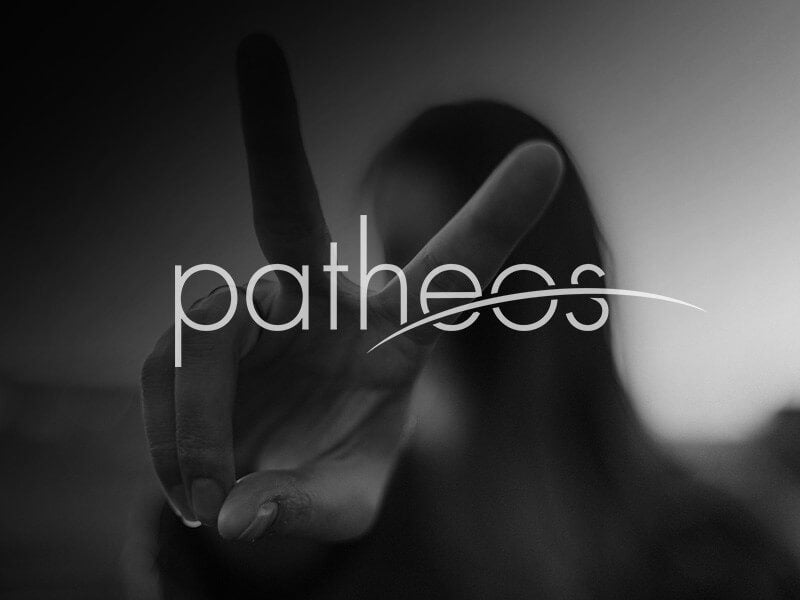The science known as history was once thought of as providing concrete, accurate accounts of the past. If one engaged a group of materials, one could provide a fair reconstruction of the past. History was believed to have universal value; other ways of engaging the past, because they did not meet the qualifications of scientific investigation, were dismissed. The problem with this is that history is reconstruction. It is like the attempt to put back together, and bring back to life, a vivisected animal. What we get is something similar in form to the original, but with much that is missing, including life.
While modern historians often recognize this, and therefore do not claim that their presentation of the past is actually what happened in the past, the majority of people still follow with a positivistic understanding of history. Thus, if someone says “x is not historical,” people automatically assume “x did not happen.” This is not what history says. Rather, what it says is that such an account cannot be verified by the means of critical analysis. One could still come to believe it happened, if it does not contradict what is possible from historical reconstruction, but it cannot be established by scientific means. Historians, to be sure, do more than give what such critical, scientific analysis, allows: they provide an interpretation of those facts, creating a plausible story from it. Once this is done, however, what is produced is more than mere history, though it is based upon history.
How one engages the facts of history and what is or is not plausible, beyond those facts, is what creates multiple representations of history. A different hermeneutic will have different expectations and different ways of interpreting facts. Different historians will bring with them different hermeneutics, explaining why they produce different results. The search for the historical Jesus, for example, is a prime example of this. What comes out of this quest in part is determined by a priori presuppositions: those who come in with a faith in Jesus will produce different histories than those who lack that faith. This should not surprise a Christian: revelation includes what transcends what human reason can prove, and if one accept revelation, it will lead to different conclusions than one who thinks it is all made up (thereby requiring an explanation for why such a made up account was produced).
To really understand the difficulty of historical reconstruction, especially when dealing with religious figures, Christians might want to look outside of one’s faith tradition and to that of another, and ponder how one would go back establishing a historical Buddha or a historical Muhammad. This will help them understand what exactly goes on in the process of historical reconstruction. It is exactly this kind of thing which I myself have to deal with when working with Yogācārin texts – the historical reconstruction of the figures of Maitreya, Asanga and Vasubandhu is difficult and Buddhist scholars differ with one another in how to do this. Let me explain why.
In Buddhism, the Bodhisattva who is believed to be the next Buddha for us on earth is named Maitreya, and he is said to be currently residing in Tuṣita heaven, preparing for his eventual Buddhahood. In the 4th (or early 5th century), Asanga flourished; originally a convert to Hīnayāna, probably of the Mahīśāsaka school, it is said that he eventually got discouraged from his practice, finding it leading to nowhere, and took a ten year retreat, looking for help from Maitreya. In the end, he was to get what he wanted – and was taught by Maitreya in Tuṣita heaven, leading not only to Asanga’s conversion to Mahāyāna, but also giving him a group of texts attributed to Maitrya which he propagated as he returned back to earth. He then was to go on and produce commentaries and treatises of his own, some encyclopedic in scope. He was also to convert his half-brother Vasubandhu, who had previously been a major producer of Abhidharma texts from different backgrounds (he was constantly moving from one Buddhist tradition to another, taking up the position of one group, before going against it and writing against his former beliefs as he changed his loyalties). Vasubandhu, then, wrote a series of Mahāyāna texts as well.
Now, scholars want to know who exactly were Maitreya, Asanga and Vasubandhu. Do we accept there was a Maitreya or was he a creation of Asanga? Was this Maitreya really “in Tuṣita heaven” or was he some guru who taught Asanga? What texts can really be attributed to him (there are different lists)? What about Asanga? When did he live (entirely in the 4th century? In the 5th century)? Do we take his Yogācārabhūmi, his most important text, constructed as an encyclopedia in many stages, to be all his, or do we find it an edited text taken from many sources? What about Vasubandhu? Do we accept that all the texts attributed to him are really his, or, do we take it that there were several people with the same name (two? four?) and that it was only later that the Abhidharma master was seen as the same person was the Yogācārin?
Many questions underlie any reconstruction of Asanga and Vasubandhu; perhaps one of the most important, in trying to determine what they wrote, is the question of internal contradictions. Does that indicate multiple sources? Or does it indicate something else is going on? What about the fact that a text appears to have been interpolated many times? Does that mean it cannot be written by one person? If one is willing to accept that people can radically change their views, while bringing with them aspects of their former beliefs, it is easier to believe the normative texts attributed to Asanga and Vasubandhu really were theirs. Later interpolations and contradictions might just represent their own development. But, even if that is the case, does it mean there was no tampering with their texts in their transmission?
Personally, I find that the same general tendency to accept tradition in Christianity leads me to accept tradition within other religious traditions. Nonetheless, even if one is willing to let tradition help in determining the basic contours of the past, there are still issues of internal inconsistencies of those traditions to deal with, and that must always be accounted for in any reconstruction. For example, one of the texts attributed to Asanga through Maitreya, the Ratnagotravibhāga, suggests everyone has a Buddha nature, and so everyone could be enlightened; but this goes against what is found in normative texts attributed to Asanga, which suggests there are those who can never be enlightened, for they do not have the seed for enlightenment. Now, tradition is not of one accord in attributing this work to Maitreya-Asanga, and for this reason, it is easy to say that those traditions which suggest it was put down by Sthiramati (i.e., Chinese traditions) is more likely correct. But then how did it get attribution to Maitreya by the Tibetans? Clearly, this is exactly the kind of reconstruction and guesswork which historical research tries to accomplish; we can provide a plausible explanation for what happened in the past, explaining how divergent views came about. But once we do this, we begin to understand what happens when non-Christians try to reconstruct the Christian past.
History, therefore, is a reconstruction; but this does not mean that the process of reconstruction and the end product as without value. Indeed, the more of the process which is exposed, the more one can engage the material and consider other options as well. It is for this reason why reading history from a variety of sources and explanation is valuable. It also reminds us, in the end, that historicism must never be treated as the final truth, but just as one means by which we try to engage it.












